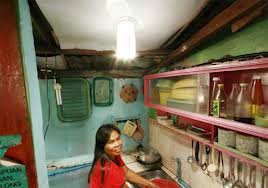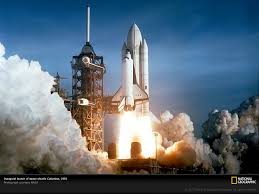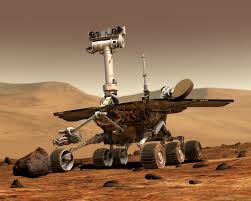It is often said that the Internet has democratized the world. Maybe not in terms of governance, as we all know various governmental organizations collect huge amounts of data about our web use, but in terms of information.
When I was a teacher I saw many students relying on Wikipedia for information. I do the same myself of course, but I am at least wary about the accuracy of the information. They were not, and were shocked when I suggested to them that maybe all that is written is not true.
One worrying aspect is that the more critical a person is the more they are likely to distrust newspaper and TV reporting. This leads to more trust being put into Internet communication. The younger the user the more likely they are to get their news and information through digital media, but the more likely they are to trust it too, and this has consequences.
One of the consequences of this belief coupled with Internet freedom of information is the blurring of boundaries between reliable information in science and more fanciful or non- proven claims. Anyone can start an online journal, webpage or blog and for practically nothing set up a fake foundation, center of excellence or anything else they fancy, become the Director and Editor and publish to the world.
And you or I might find their work and not know how to interpret the information offered.
A couple of years ago I wrote an article on the Bassetti Foundation website about cold nuclear fusion. A small group of scientists is working to create nuclear fusion without using heat. A breakthrough would mean clean, practically free energy. I mentioned it here too as part of my Health of the Planet series.
In 2011 the Journal of Nuclear Physics announced such a breakthrough. It was reported in the national press in Italy, on CNN and the BBC. A Journal of this quality reporting such findings! Peer reviewed, high quality articles etc etc….
But as I was saying earlier, we should look beyond the gloss and at the substance, and it turns out that this wonderful journal is in fact produced and edited by the very scientist/entrepreneur that has made the breakthrough that he is telling us about.
It is not really a rigorous scientific journal, it is really a personal blog, and as such contents are possibly a little bit liable to bias (maybe).
Last week saw wide reporting of an experiment conducted by journalist John Bohannon and published through Science, an online and paper and much more reliable source of information.
To cut the story short Bohannon wrote a paper about a kind of miracle drug for cancer treatment. The paper contained many of the same errors that you or I might include, as non scientists. It came from a false research center too. Then it was submitted to just over 300 online journals. Fake results, flawed experiments, fundamental errors of high school biology, all included.
Half of the journals published the article as it was. High quality peer reviewed online journals (supposedly) accepted the article, it passed their stringent review systems and made it to publication.
You can read a much more detailed account of the event here in the original Science article. Tales of China and payments for publication, love letters from editors etc, it is all here.
So the problem becomes noise. With all of this noise, information, reporting and news, how can we pick out the real important stuff? Everybody’s voice becomes equal, the fact that 99% of scientists believe in something no longer means anything. The 1% of scientists (I know it is a big word) who do not believe that humans are contributing to global climate change have the same weight of voice as the others, and here in the US you can see the results.
Free market, free thinking, free Internet, free publication, free speech. Free propaganda and free misreporting too, unfortunately.




